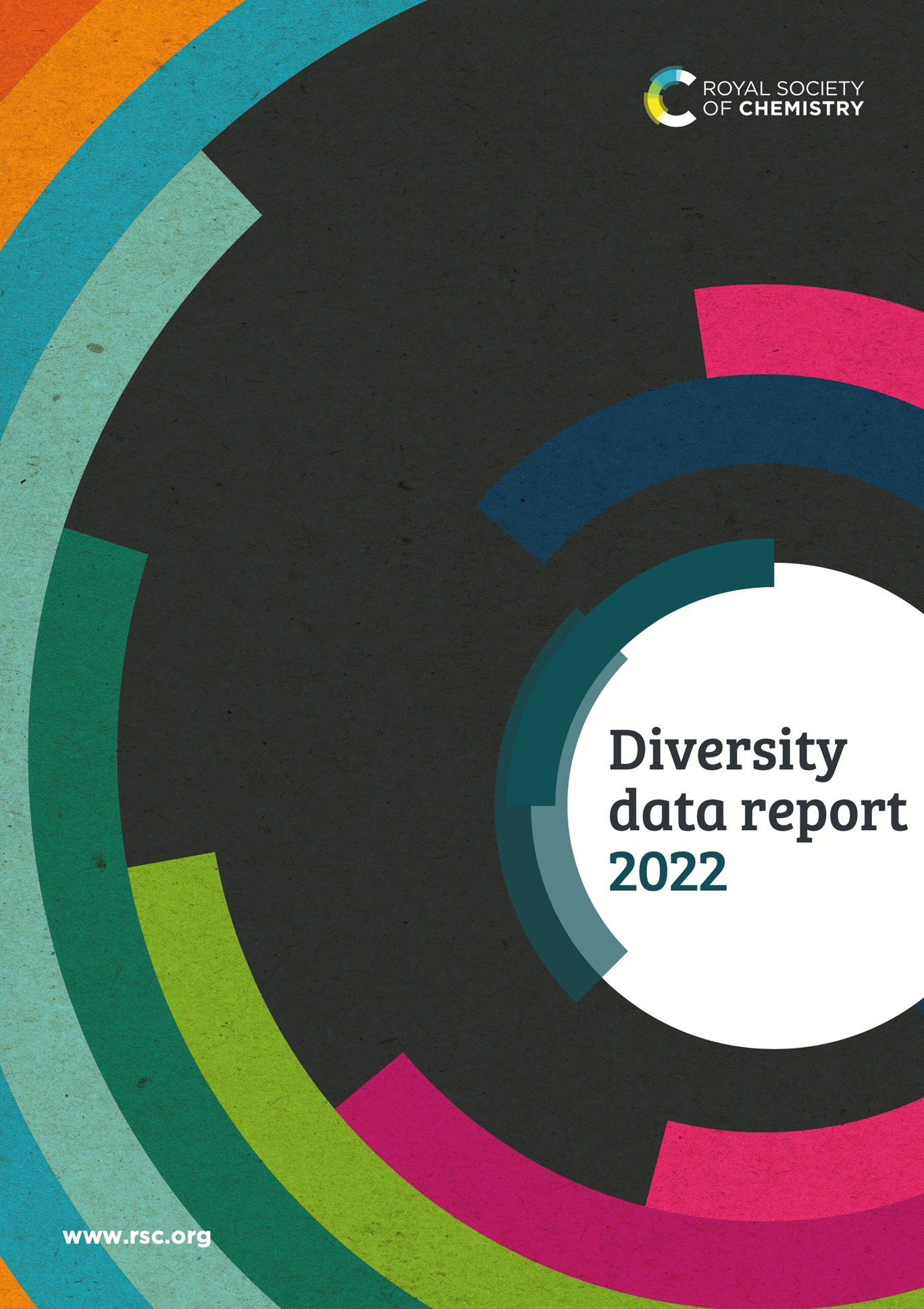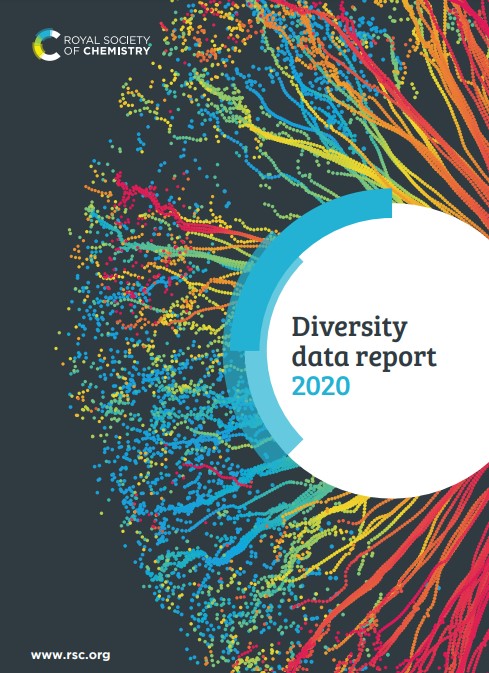Evidence shows that a wide range of different perspectives leads to better science. This is why we encourage everyone working in the chemical sciences to help us understand the diversity of our community.
We do this by asking individuals to answer questions about their background and how they self-identify. This includes gender, nationality, religion, race, ethnicity and sexual orientation. These insights allow us to identify where interventions are needed to improve inclusion and diversity in the chemical sciences.
The FAQs on this page explain more about the way we collect and use diversity data.
Find out more:
Our diversity data report 2022
“This diversity data report is another important step in the UUÂãÁÄÖ±²¥ delivering on its commitment to being transparent in the way we gather, use and report data. Alongside my colleagues on the Inclusion and Diversity Committee, I am proud to see other organisations across the scientific community supporting our work to enable inclusive access and progression in the chemical sciences.
We remain committed to leading the urgent need for change on a growing number of fronts – our global society faces numerous challenges, from gender to race and ethnicity, and socioeconomic inclusion.
This report is only as good as the data it is able to present. Higher response rates provide a fuller data set and allow the UUÂãÁÄÖ±²¥ to proceed in making the necessary improvements for inclusion in the chemical sciences with confidence. I urge the community to engage with this report, to engage with the UUÂãÁÄÖ±²¥ and their data collection when and where possible. By working together we can ensure that chemistry truly is for everyone.” - Professor Marina Resmini, Chair of UUÂãÁÄÖ±²¥ Inclusion and Diversity Committee
Report referencing: Diversity Data Report 2022, UUÂãÁÄÖ±²¥ of Chemistry, /about-us/corporate-information/diversity-data/, access date
Our diversity data report 2020
We collected the data in this report by various methods, including surveys, registration and application information for various programmes including grants and funding schemes, as well as analysis of website traffic.
We present survey data in this report based on information voluntarily declared by respondents. Survey completion was not mandatory and within each survey all questions had an option of "prefer not to say". Not all respondents chose to provide all diversity information.
Report referencing: Diversity Data Report 2020, UUÂãÁÄÖ±²¥ of Chemistry, /about-us/corporate-information/diversity-data/, access date
Frequently asked questions
UUÂãÁÄÖ±²¥ standardised diversity questions
Here is the template for the standardised set of diversity data questions that we use at the UUÂãÁÄÖ±²¥ of Chemistry.



